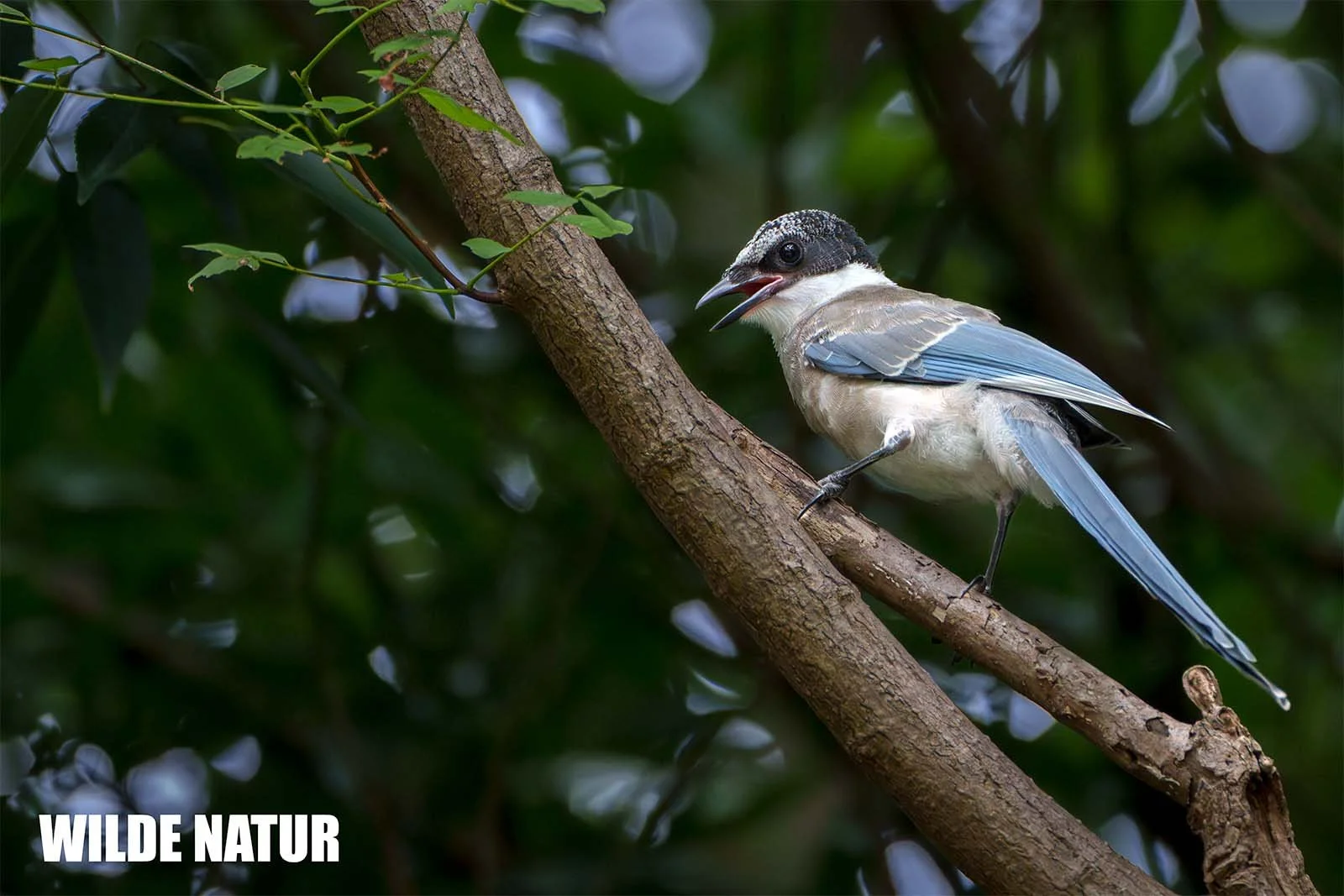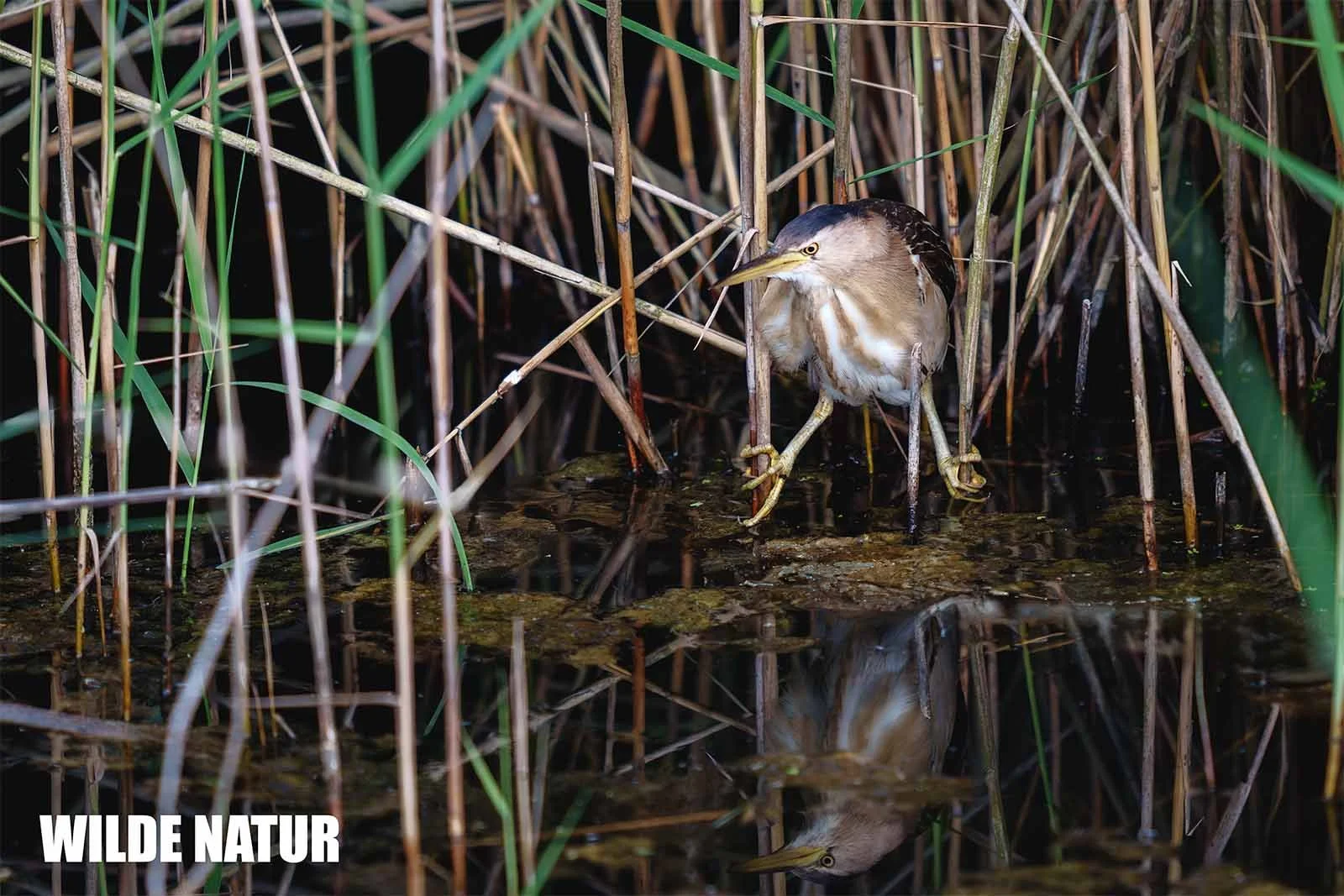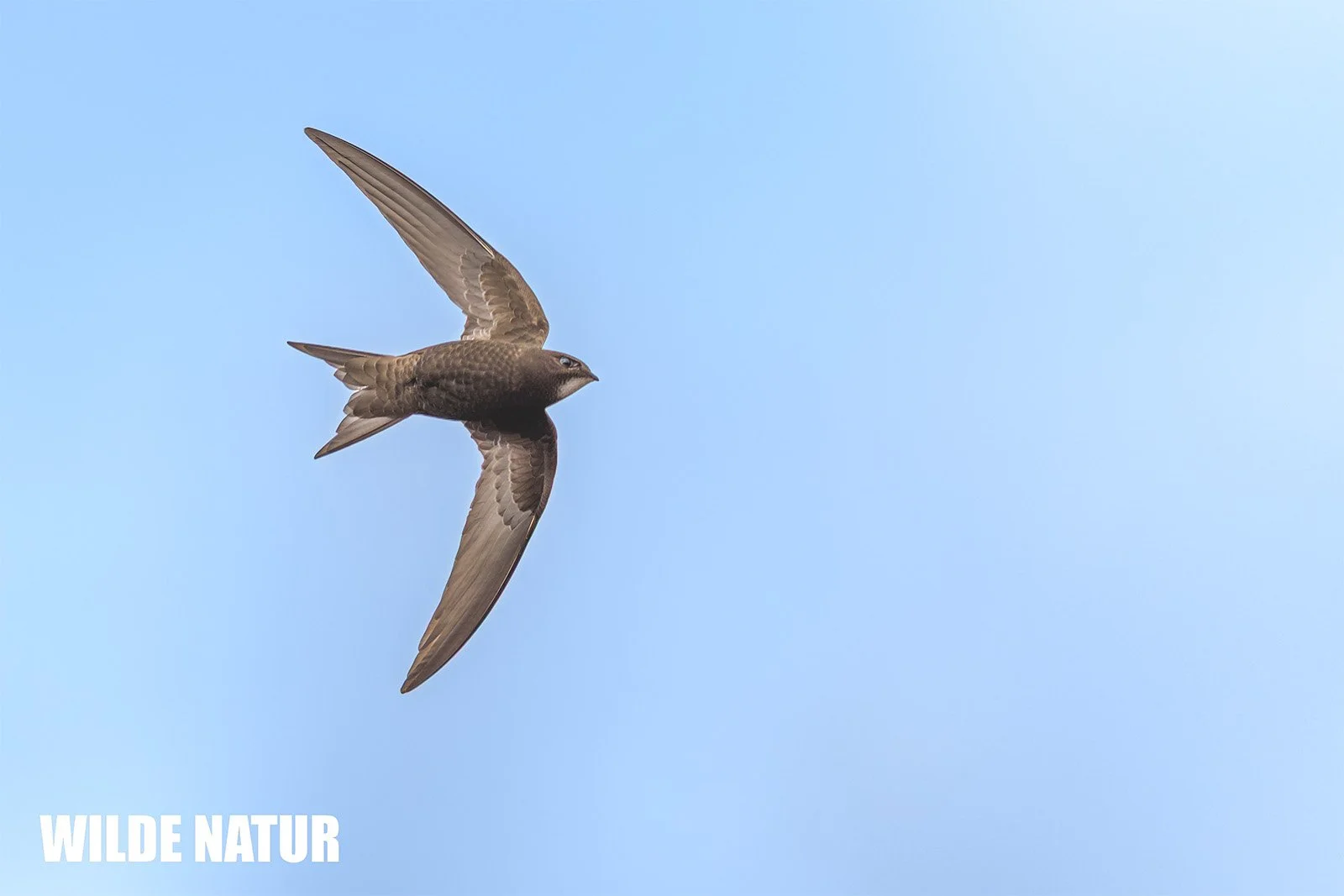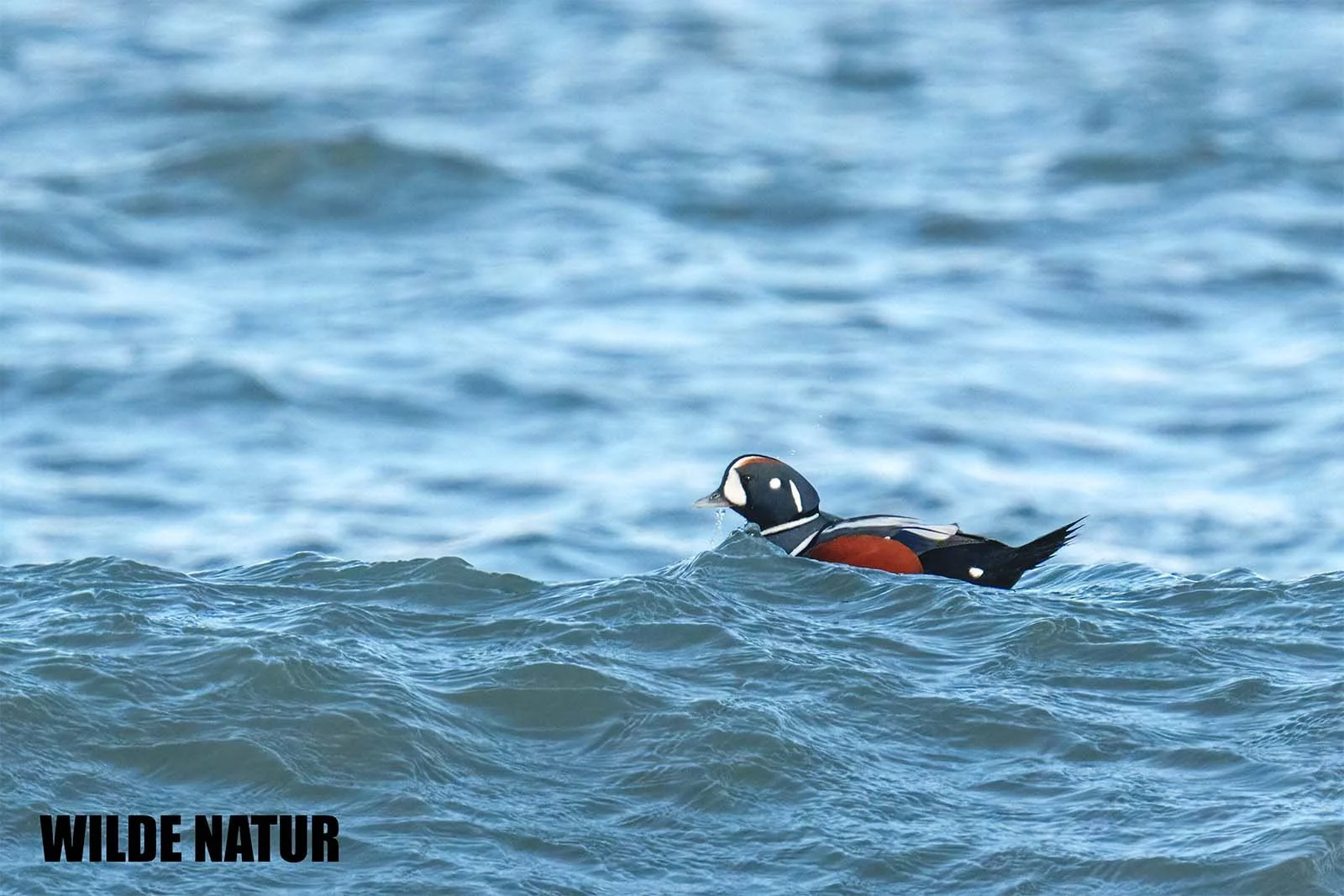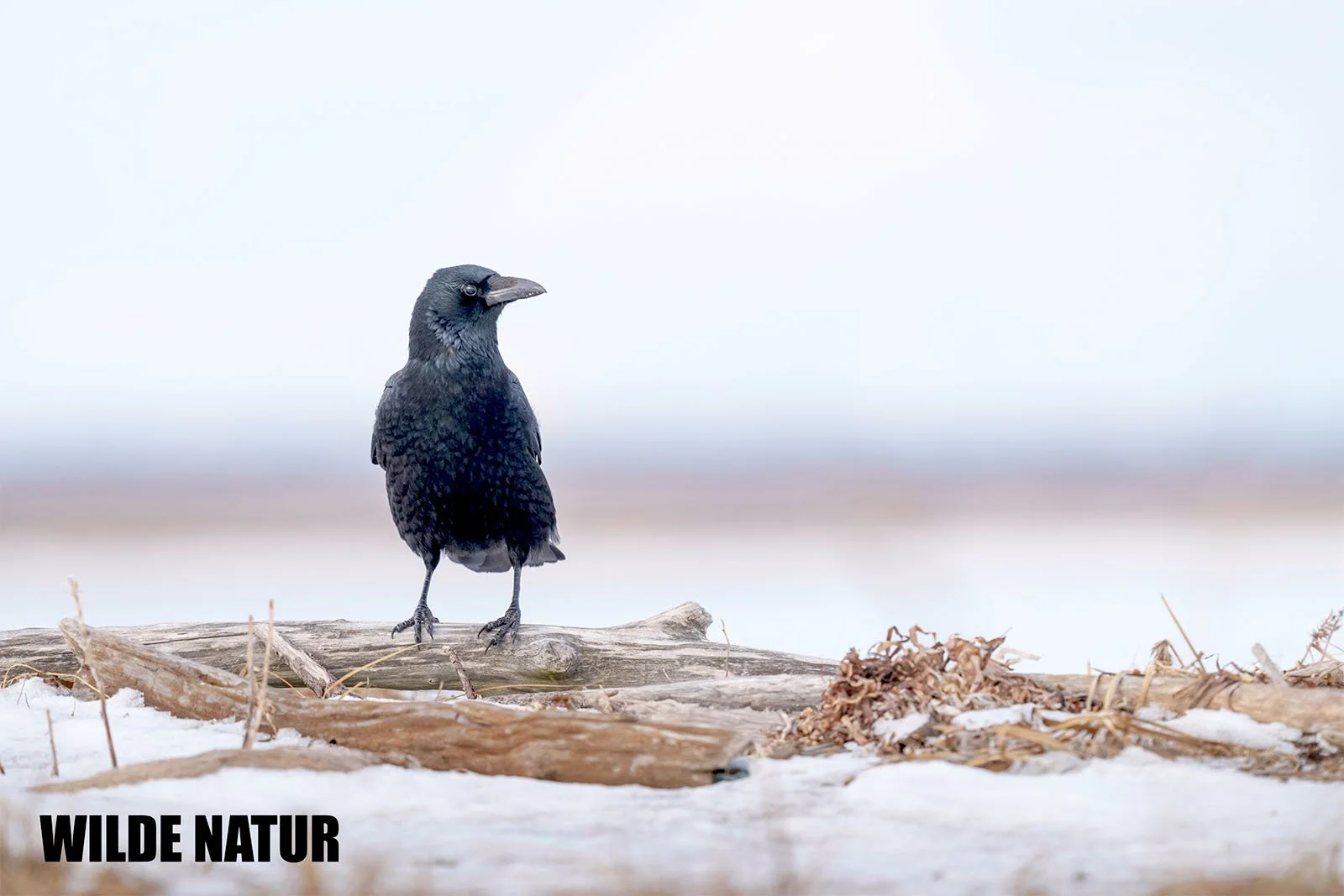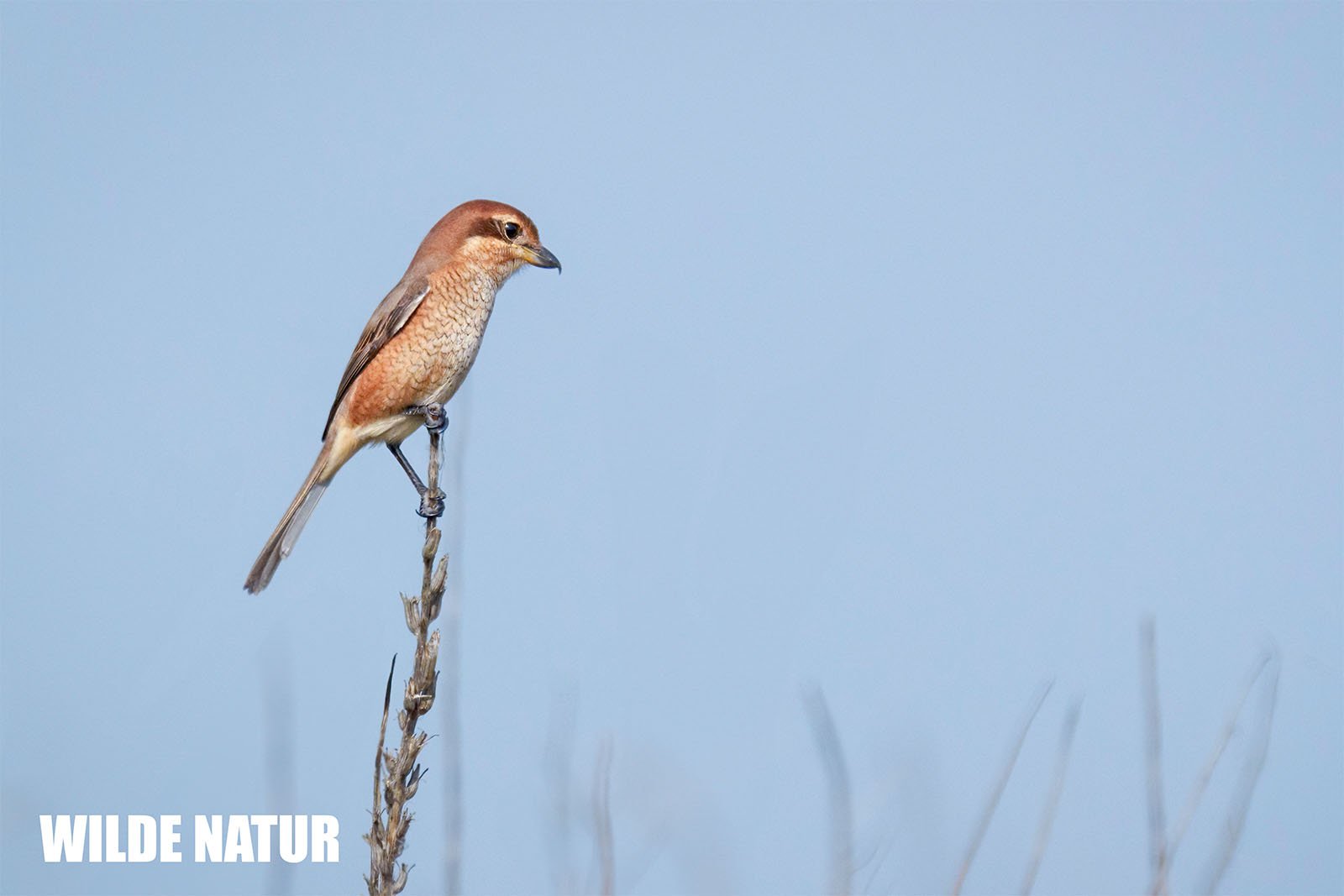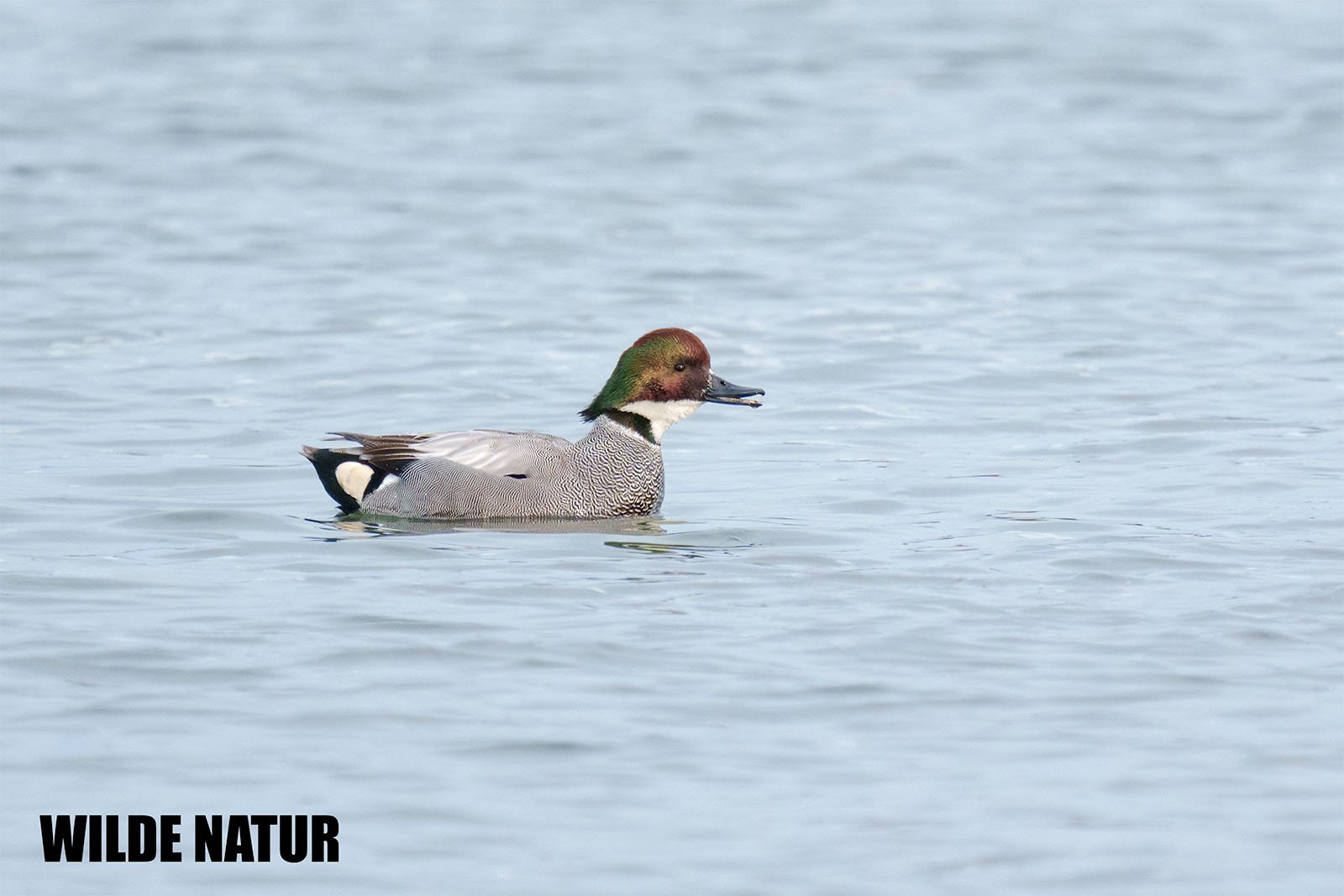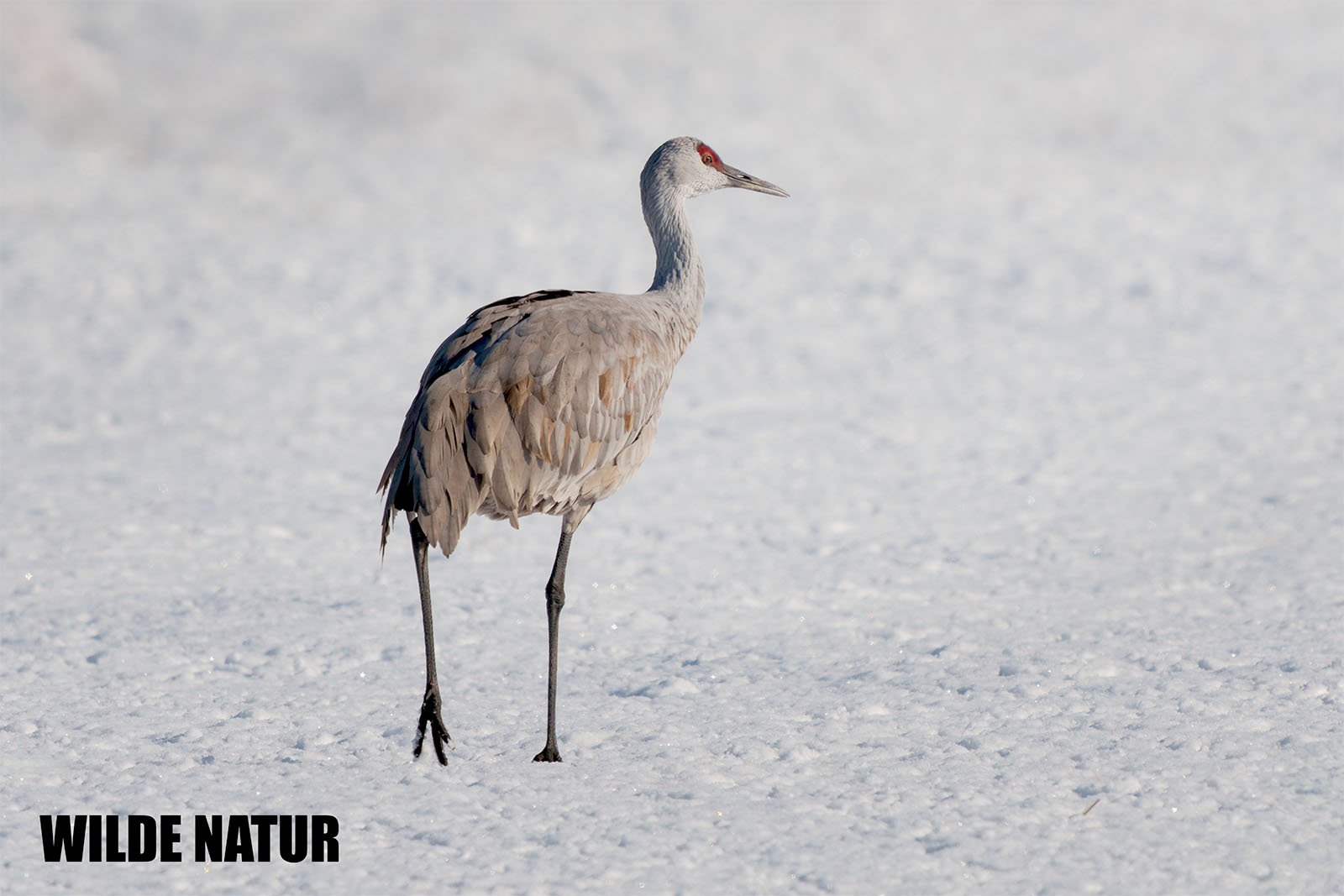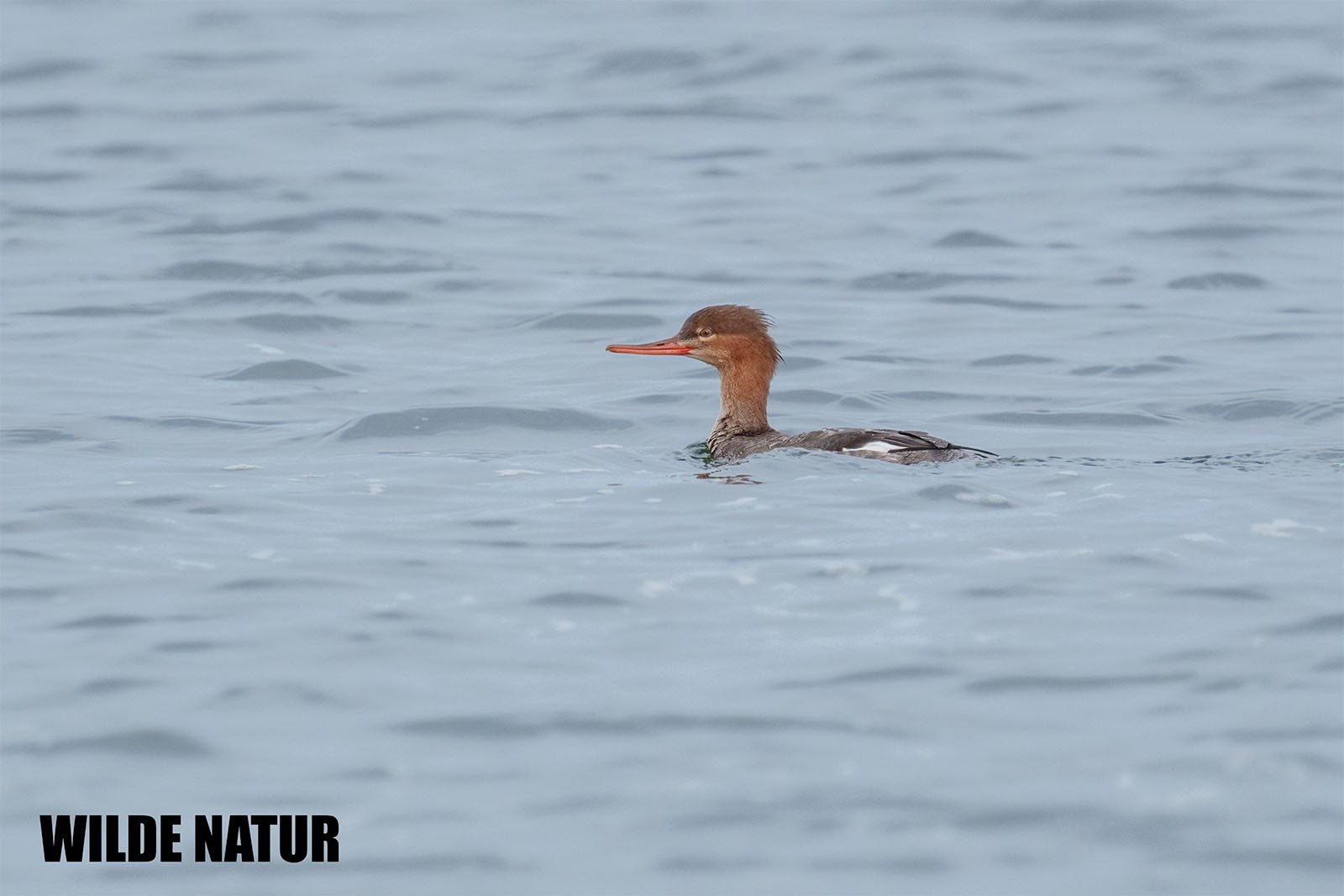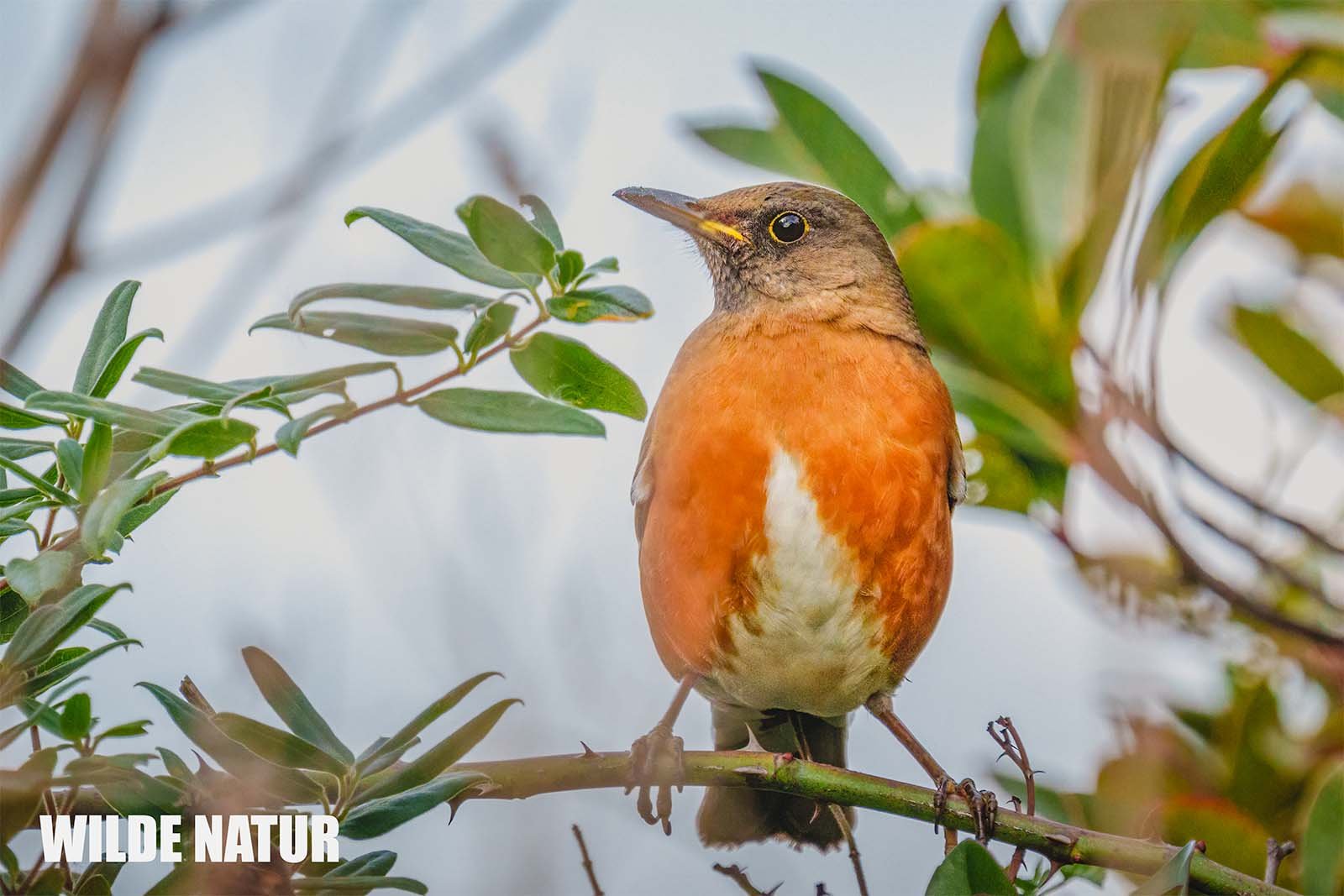Peregrine Falcon (Falco peregrinus)
Peregrine falcon (Falco peregrinus)
Peregrine Falcon – The Fastest Hunter in the Sky
The Peregrine Falcon, the world’s fastest bird, boasts slate-gray feathers and breathtaking hunting dives. Learn about its habitat, diet, and unique flight skills.
Quick Facts
- Size: 38–51 cm, with a powerful build and pointed wings.
- Plumage: Slate-gray in adults, brownish in juveniles, with a distinctive black mustache stripe.
- Habitat: Cliffs, coasts, moorlands, heaths, and cities.
- Reproduction: Nests in cliffs, old bird nests, or specially designed urban nest boxes.
- Diet: Specializes in hunting birds, including pigeons, starlings, gulls, and shorebirds.
Key Data
- Scientific Name: Falco peregrinus
- Size: 38–51 cm
- Distribution: Worldwide, except Antarctica
- Habitat: Cliffs, urban areas, moorlands, and coastal regions
- Unique Trait: The fastest bird in the world, reaching speeds of over 300 km/h in a dive
Table of Contents
- Introduction: The Peregrine Falcon and Its Unique Traits
- Features of the Peregrine Falcon
- Habitat and Distribution
- Reproduction and Nesting Behavior
- Diet and Hunting Strategies
- Practical Examples: How to Spot a Peregrine Falcon
- FAQ: Frequently Asked Questions About the Peregrine Falcon
1. Introduction: The Peregrine Falcon and Its Unique Traits
The Peregrine Falcon (Falco peregrinus) is a record-breaking bird of prey: it is the fastest animal in the world, capable of diving at speeds exceeding 300 km/h. Its powerful body, long pointed wings, and exceptional eyesight make it one of the most efficient aerial hunters in the animal kingdom.
Found on every continent except Antarctica, the Peregrine Falcon has adapted to a variety of habitats, from rugged cliffs to bustling cityscapes. Its main diet consists of birds, which it hunts mid-flight with incredible precision and power.
2. Features of the Peregrine Falcon
The Peregrine Falcon’s appearance and flight abilities set it apart as a master of the skies.
- Size and Shape: Measuring 38–51 cm in length, it has a robust build, pointed wings, and a medium-length tail. Females are significantly larger than males.
- Plumage:
- Adults have slate-gray or blue-gray upperparts and a pale, barred underside.
- Juveniles are brownish with vertical streaks on the underside.
- Distinctive Markings: The broad black mustache stripe, or malar stripe, beneath the eyes is a defining feature.
- Eyes and Beak: Its dark eyes are surrounded by a yellow eye-ring, and its short, hooked beak is designed for tearing prey.
In flight, the Peregrine Falcon is easily recognizable by its long, narrow wings and streamlined body, which enable its incredible speed and agility.
3. Habitat and Distribution
The Peregrine Falcon’s adaptability allows it to thrive in a wide range of environments.
Typical Habitats
- Cliffs and Coastal Areas: Prefers steep cliffs and coastal regions for nesting and hunting.
- Mountains and Heathlands: Common in high-altitude regions and open landscapes.
- Urban Areas: Tall buildings, bridges, and towers provide excellent nesting sites and hunting opportunities for city-dwelling Peregrine Falcons.
- Moorlands and Open Countryside: Frequently used as hunting grounds.
Distribution
The Peregrine Falcon is globally distributed, with populations on every continent except Antarctica. It is a resident species in many areas, although some populations in colder regions migrate south during the winter.
4. Reproduction and Nesting Behavior
Peregrine Falcons are highly adaptive when it comes to nesting, utilizing natural and man-made structures.
Nesting
- Cliff Ledges: Traditionally nests on high cliffs or rocky outcrops.
- Urban Sites: In cities, it frequently nests on skyscrapers, church towers, or bridges, often with the aid of human-installed nest boxes.
- Old Nests: Occasionally uses abandoned nests of other large birds, such as ravens or hawks.
Breeding Cycle
- Clutch Size: Usually lays 3–4 eggs.
- Incubation: Eggs are incubated for 29–32 days, primarily by the female.
- Fledging: Chicks remain in the nest for about 35–42 days before fledging.
In Europe, the breeding season typically begins in March or April, depending on the region.
5. Diet and Hunting Strategies
The Peregrine Falcon is a specialized bird predator, known for its breathtaking hunting dives.
Main Diet
- Birds: The diet consists almost entirely of other birds, including pigeons, starlings, gulls, ducks, and waders. It can even take larger prey such as herons.
- Flexibility: Urban Peregrine Falcons primarily hunt feral pigeons, while coastal populations often target seabirds.
Hunting Techniques
- Stooping Dive: The falcon’s most famous hunting method involves soaring to great heights and then diving at incredible speeds, striking its prey mid-air.
- Direct Pursuit: It may also chase prey in a fast, level flight.
The combination of speed, precision, and powerful talons ensures a high hunting success rate.
6. Practical Examples: How to Spot a Peregrine Falcon
Peregrine Falcons can be seen in both natural and urban environments with some careful observation.
Observation Tips
- Natural Areas: Look for them soaring near cliffs, coasts, or mountainous regions. Their stooping dives are often visible over open landscapes.
- Urban Settings: In cities, keep an eye on tall buildings or bridges, where they may be perched or nesting. They are especially active during early morning and late afternoon when hunting.
7. FAQ: Frequently Asked Questions About the Peregrine Falcon
1. How fast is the Peregrine Falcon?
In a stooping dive, it can reach speeds of over 300 km/h, making it the fastest animal on Earth.
2. Where does the Peregrine Falcon live?
It inhabits a wide range of environments, including cliffs, coastal areas, moorlands, and urban settings.
3. What does the Peregrine Falcon eat?
Its diet mainly consists of birds, including pigeons, starlings, gulls, and waders.
4. Does the Peregrine Falcon build its own nest?
No, it lays eggs on bare cliff ledges, old nests, or in urban nest boxes.
5. Is the Peregrine Falcon endangered?
Once endangered due to pesticide use, its populations have recovered in many regions thanks to conservation efforts.
The Peregrine Falcon is a marvel of the natural world, combining unparalleled speed with extraordinary hunting skills. Whether soaring above cliffs or darting through cityscapes, this apex predator is a true symbol of aerial mastery.


